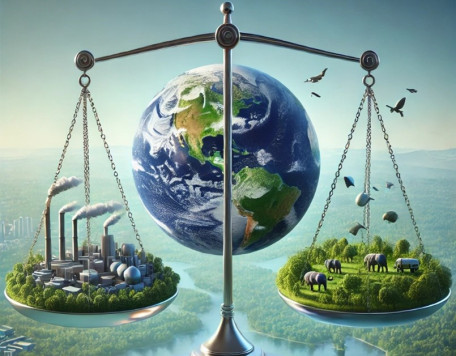© Pint of Science, 2025. All rights reserved.
Ticket includes drink!
CAR-T cells, a versatile living drug to fight cancer (and other diseases)
Sabrina de Munnik
(Senior Scientist at Charles River Laboratories)
T cells are a type of immune cells that are important in fighting cancer, but not always successful. By modifying T cells into CAR-T cells, they become more efficient and specific in killing tumor cells. Although very effective in certain cancer types, CAR-T cells have their limitations and their safety concerns.
Big questions and small molecules – studying the origin of life with computers
Marten Raaphorst
(PhD Candidate at Leiden University)
How did life on Earth start? Is there life elsewhere in the Universe? These two questions have puzzled humankind for ages. To answer these questions, we need to know how the building blocks of life form out of lifeless matter. I will explain how scientists study the formation of these building blocks by simulating chemistry on computers.
Musical animals: finding musicality across songbirds, parrots, and primates
Michelle Spierings
(Assistant Professor)
Musicality has long been thought to be special to humans, but recent findings show that there is more music in the animal kingdom than expected. Some animals can sing and dance along with the music, like parrots and songbirds. Others, like apes and monkeys, might not be able to vary much in their sounds, but do have certain rhythms in the way they move. I will explain what these examples teach us about music and musicality
Future missions to the Moon, where shall we land?
Sarah Boazman
(Research Fellow at European Space Agency)
There is a renewed interest in landing on the Moon, but this time to have a more permanent presence. With many upcoming missions over the next few years, including several later this year, choosing where to land is critical to the success of the mission. Many missions are looking to land near the south pole of the Moon, due to areas where there is more sunlight, allowing for missions which are solar powered to have the opportunity for full power. Additionally, the south pole has areas where there are cold temperatures, and therefore volatiles such as water ice could be presence, which in the future could be used as fuel for missions to travel to other planets. So where should you land within the south polar region? And what will those landing spots look like in years to come when hopefully many missions have successfully landed on the Moon?
Map data © OpenStreetMap contributors.
Other Café De Vergulde Kruik events
2025-05-21
BAMBOO Night - All Things Sustainability
Café De Vergulde Kruik
Haarlemmerstraat 22, 2312 GA, Leiden, Netherlands
2025-05-19
From Microbes to the Cosmos: A Journey Through Science
Café De Vergulde Kruik
Haarlemmerstraat 22, 2312 GA, Leiden, Netherlands



